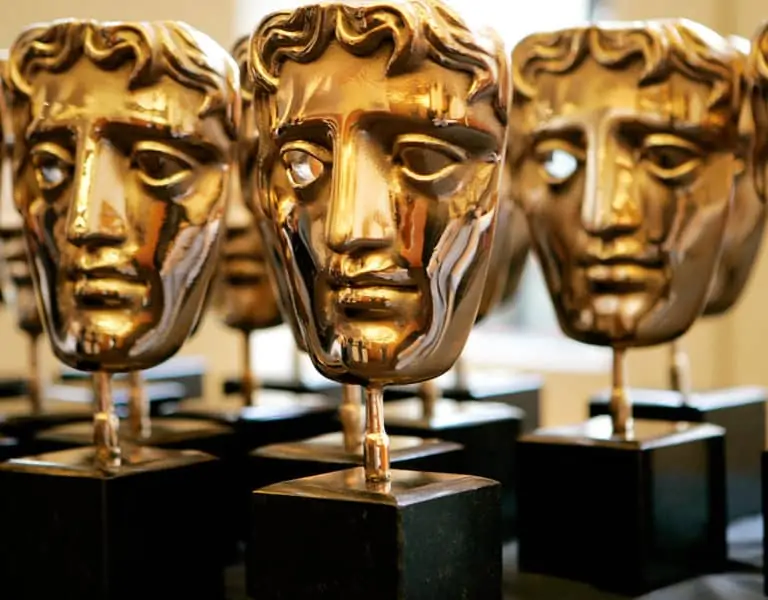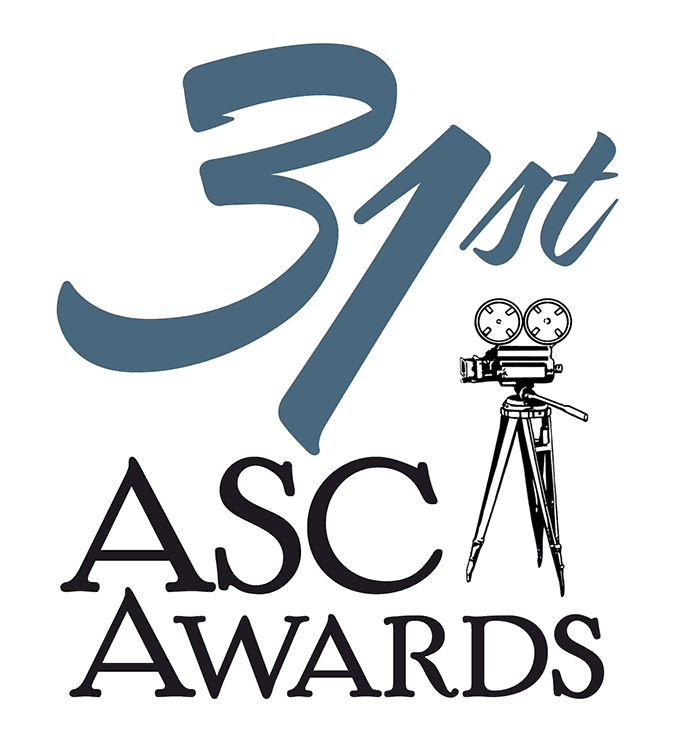Time & Space
Peter Suschitzky ASC / After Earth
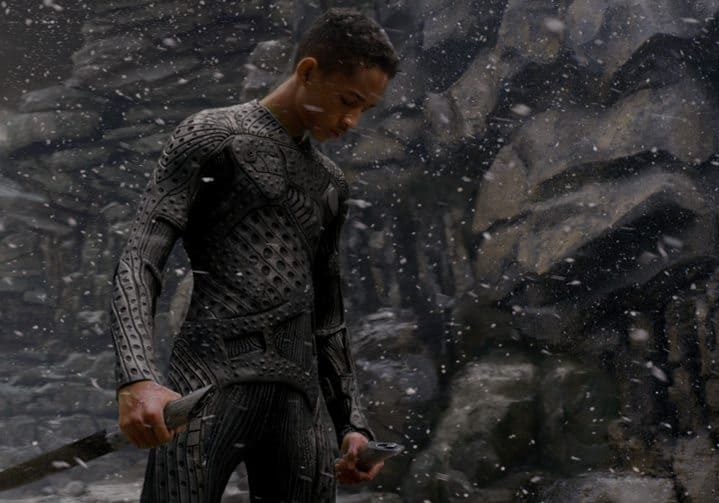
Time & Space
Peter Suschitzky ASC / After Earth
BY: Ron Prince
Cataclysmic events have forced humanity to abandon Earth for Nova Prime, a planet light years away across the universe. Some 1,000 years later, a peace keeping expedition crash lands on Earth, leaving a father and son stranded and on a perilous journey to signal for help.
After Earth, the American sci-fi thriller, stars real-life father and son Will and Jaden Smith as the central figures, Cypher and Kitai Raige, with Will Smith also acting as producer and co-writer. The $125m movie sees the pair battle across uncharted terrain against evolved animals that dominate the planet, as well as an unstoppable alien creature that escaped during the crash.
After Earth was co-written, produced and directed by M. Night Shyamalan (The Sixth Sense, The Last Airbender), distributed by Columbia Pictures, and is also scheduled for an IMAX release.
In charge of capturing the action, with the latest 4K digital cameras, was British cinematographer Peter Suschitzky ASC, son of Wolfgang Suschitzky BSC, and father to Adam Suschitzky BSC. Peter Suschitzky is perhaps best-known for his enduring collaboration with ‘body horror’ director David Cronenberg, with credits including Dead Ringers (1988), Naked Lunch (1991), Crash (1996), A History Of Violence (2005), Eastern Promises (2007) and most recently Cosmopolis (2012). However, Suschitzky is no stranger to larger budget Hollywood fare having also previously shot Star Wars Episode V: The Empire Strikes Back (1980) and Mars Attacks (1996). During his long career, Suschitzky was BAFTA-nominated for Ken Russell's Valentino (1977). He won the 1991 best cinematography award from the National Society Of Film Critics for John Boorman's Where The Heart Is, and collected four Genie Award for Best Achievement in Cinematography, for his work on Dead Ringers, Naked Lunch, Crash and Eastern Promises.
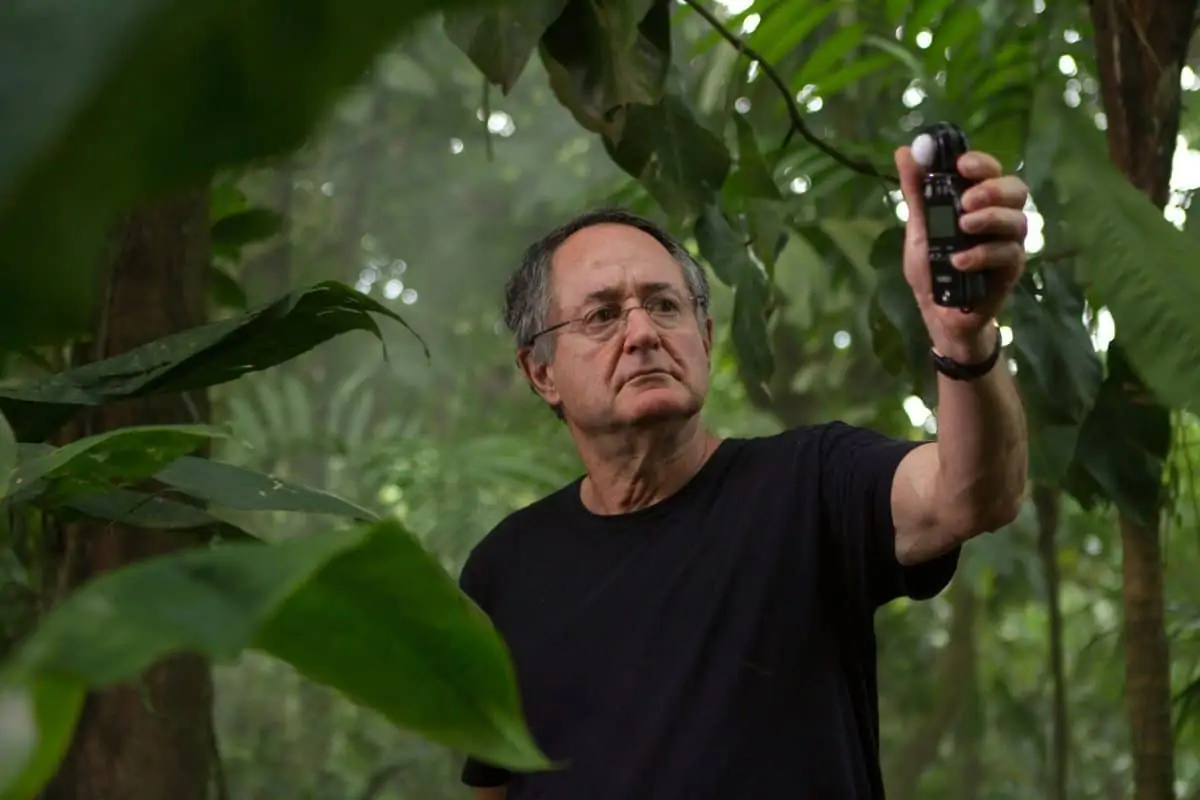
What led to your involvement in After Earth?
The exact details are still a bit of a mystery to me, but I got a call from Night, the director, when I was attending the Zagreb Film Festival (November 2011). We had a really good conversation about the project, and this was followed by another call just after Christmas. I was very happy to be asked to shoot After Earth, although by the time the agreement was reached I had only about a month to prepare for the shoot, which commenced in February (2012).
What appealed to you about the project?
It’s completely different to most the work I have been doing in the last ten to 15 years, such as the movies I’ve shot for David Cronenberg. It was a big Hollywood production, with lots of VFX, and I have not shot one on this scale since Mars Attacks. I also liked Night, and the thought of working with him, very much. The choice of the F65 was made by Night and me with only two or three weeks to go before the first day of shooting. The camera was really a prototype at that stage. It was prepared very quickly for us by a combination of the Sony camera department and our own technicians. These days technology changes quickly, and I was very happy to be faced with the latest.
Tell us about your early discussions about shooting film or digital?
As soon as I got to Philadelphia, Night’s hometown, he said he wanted to shoot After Earth on film using Anamorphic lenses. I mentioned that I had recently shot David Cronenberg’s Cosmopolis using Alexa, shooting ARRIRAW, and believed the results we achieved digitally were superior to celluloid. From day one on Cosmopolis I felt never wanted to go back to film, as the cameras gave me everything I had striven for with film, but never quite got – a wide contrast range, high sensitivity in low-light situations and lots of detail. I felt within myself that if we went digital on After Earth I’d like to shoot with spherical lenses. To decide on the format, we had a scant eight-hour day to conduct side-by-side tests at Sony Studios, in Culver City, comparing the Sony F65, Alexa and 35mm film cameras with Anamorphic and spherical lenses, shooting on stages and exteriors. When we came to screen the tests, the filmed material – scanned and digitised the way it would be had we decided to go with film – looked terrible, like a second-generation dupe, with very little detail in the shadows. They were very disappointing results for anyone who wants to defend film. The digital footage, which we had shot RAW, looked much better. I felt the F65 had the edge over the Alexa in terms of image detail and contrast. It was better than any other digital camera I’d seen at the time.
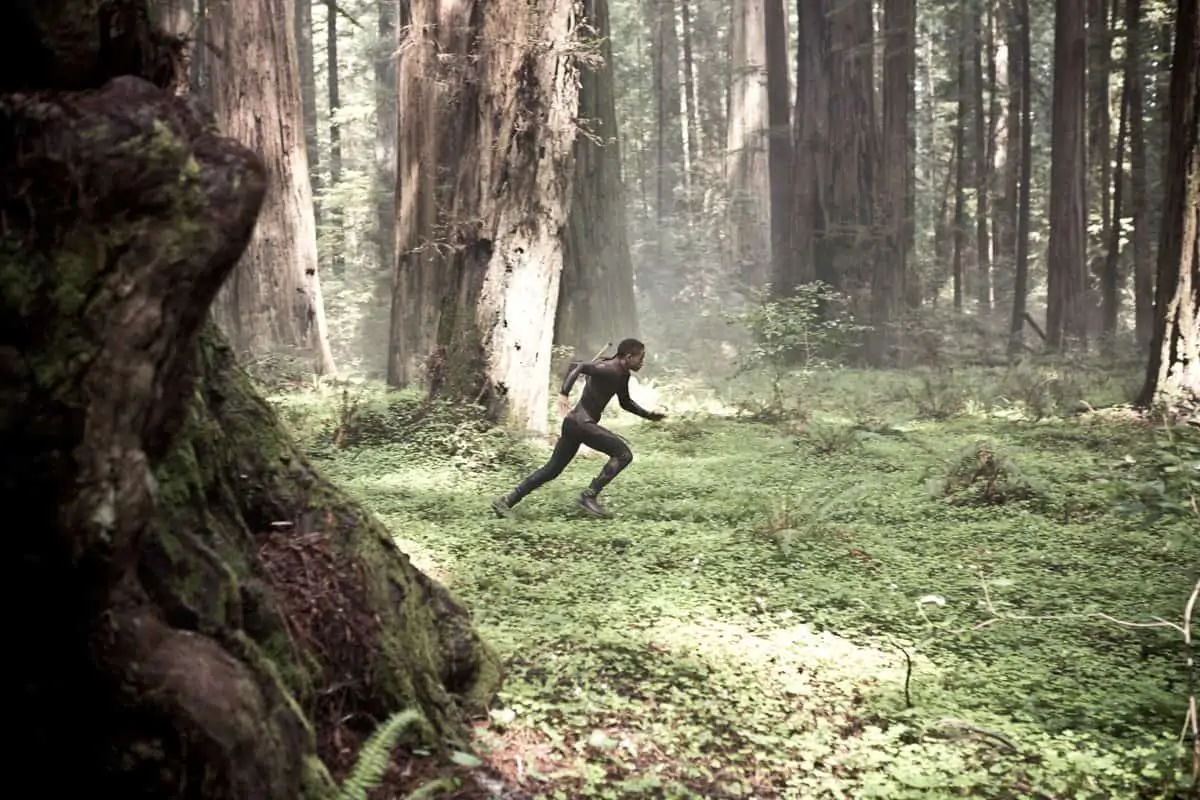
How about the choice of lenses?
Having chosen the F65 cameras, and knowing the final image would look good on large cinema screens, it made no sense to me to shoot with Anamorphic lenses. The image gets stretched and compressed, the lenses are heavy, and tend to be soft on the edge and, of course, they give much less depth-of-focus. The big advantage, as I see it, of Anamorphic lenses when shooting on film is that you use the whole of the negative. But, essentially, I could not see anything other than disadvantages on this production by going Anamorphic. Once we had decided to shoot with a digital camera, we decided to shoot 2.35:1, using a wide selection of Cooke S4s, and Angenieux Optimo zoom lenses. The cameras and lenses were supplied by Otto Nemenz. Obviously, the F65 had not been field-tested and we were nervous when we came to start shooting on location in Costa Rica. But Sony and Otto Nemenz provided an excellent group of back-up technicians for the first few days.
Did you look at any creative references?
No, not really. Style can’t be put on like a coat. For me, filmmaking is an ensemble of elements. I need to see the locations, sets, props and wardrobe, to familiarise myself with the look of the actors, and then bring all of this together in my head. I start to form an image in pre-production of how a movie will eventually look; it’s an organic process that happens during each production.
How did you move the camera?
There isn’t a high proportion of moving shots in After Earth. We used a crane for difficult-to get-at set-ups. For example, one of the sets was the cockpit of a spaceship, built 30ft off the ground on an enormous mechanical gimble. It was a long but fairly wide a tube that did not come apart, polystyrene sculpted. We were able to push the crane in from one end and found the shots from it. We sometimes also used cranes for static shots, when we found ourselves in locations which were hard to move about in, such as rocky mountain slopes or jungle terrain. But, to be honest, we used a variety of camera supports as one does on any movie. There was some Steadicam work, shot by John Moyer.
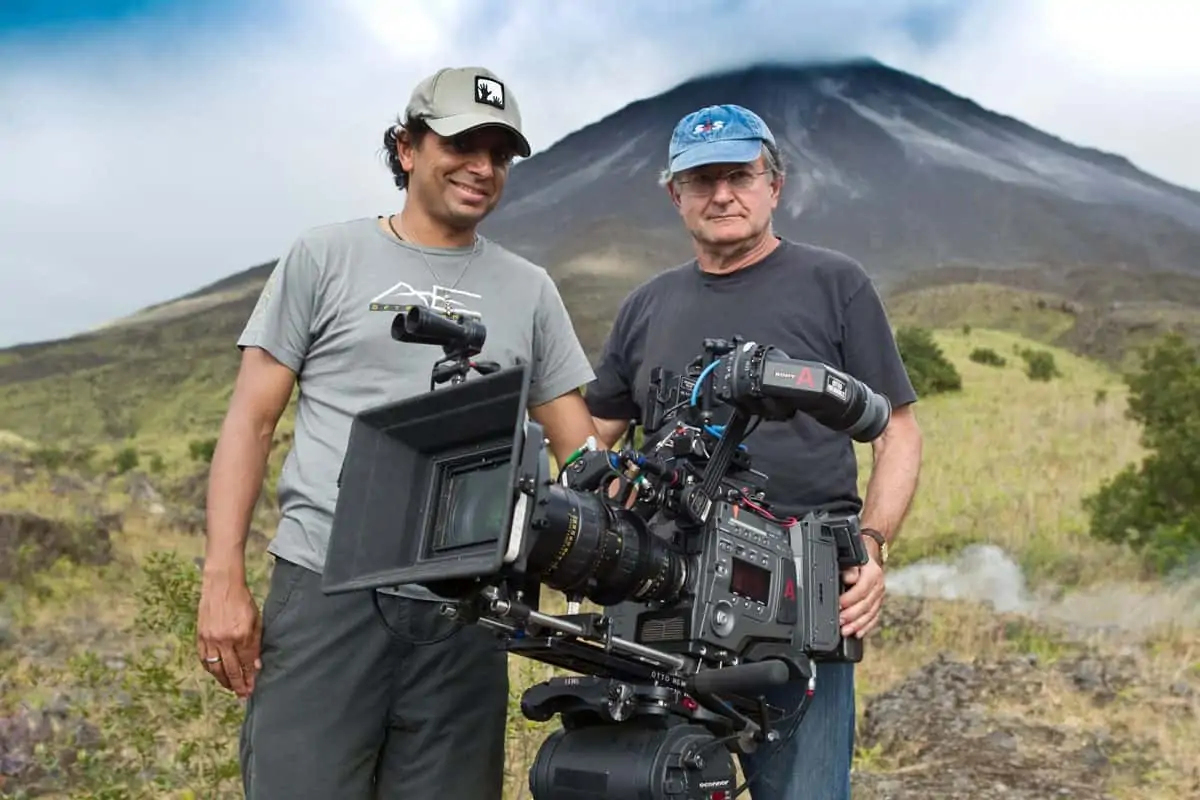
"There isn’t a high proportion of moving shots in After Earth. We used a crane for difficult-to get-at set-ups."
- Peter Suschitzky ASC
How about the lighting?
Being a Hollywood movie, I had a large choice of equipment at my disposal. Whilst I used some 18Ks, I also used a lot of MacTech LED lights, large ones with 8 or 10 rows of LEDs in a housing that looks rather like a an old Northlight. They give you a broad, even source of light and don’t consume much power. We were able to run two of these of a small Honda generator. They came in very handy in Costa Rica, as they did away with the need for long cable runs to a large generator.
Tell us about your camera team?
I have operated on all the films I have shot with David Cronenberg, but prefer not to operate on Hollywood films. I had a terrific camera team on After Earth. I had the most wonderful camera operator, and friend, in the form of Mitch Dubin, and he was ably assisted by John Kairis, a first class technician, as the first assistant. He helped to prepare the cameras and get them up to scratch. His work was so good that I nicknamed him the ‘Prince Of Sharpness’. Our gaffer, Mo Flam, was a real find, a gem, amongst the very best in the world, and with a lovely nature too. Charlie Marroquin was the key grip, and the DIT was Toby Gallo, both excellent and reliable.
After Earth has around 700 VFX shots – set extensions, greenscreen shots, plus CG animals. So I also had an important relationship on the set with the VFX supervisor Jonathan Rothbart. He would explain what his work in post production would be, what they were hoping for from the shoot, and how my work and his work were going to be integrated.
Give us some details about the production schedule and working hours?
Normally, I would expect to about two to three months to prep a production of this scale, but only had a month. There were a lot of big and small sets to work on at the studio in Philadelphia, and locations to recce in far flung places – including Costa Rica, Utah and Northern California. We also had to test and select the cameras and get them prepared, shoot make-up and artist tests, and then there was the question of a lot of VFX shots to consider. It was a breathless rush to get myself and the shooting needs ready in time – but we did.
The production was also short for a film of this scale – just 63 days – but worked out to be very manageable. We worked mainly five-day weeks, with a small number of six-day weeks, around ten to 12 hours per day. Although I have worked longer days, I don’t think the cast or crew can give of their best working very long hours. You need to have time and space to use your imagination and creativity, and the work must, if possible, remain pleasurable, and so it was on After Earth.
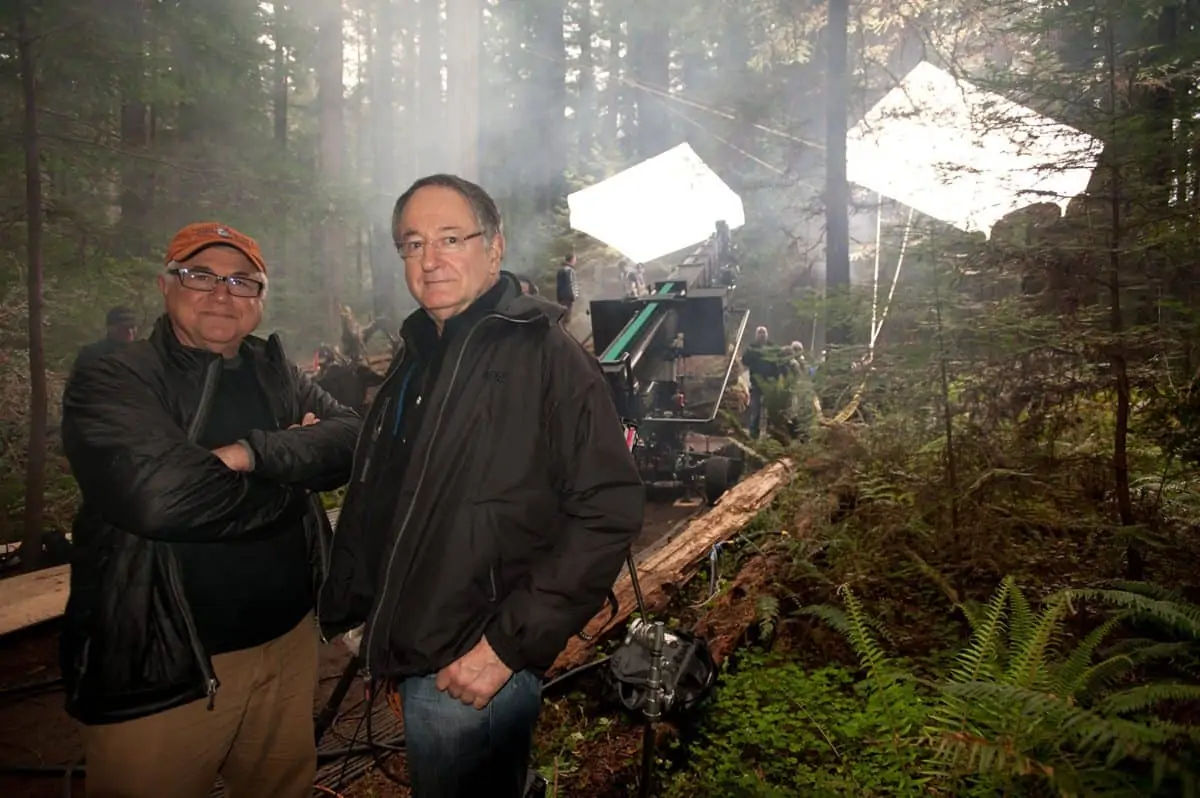
Much of the movie was storyboarded. What are you thoughts about this?
The main thrust of contact with the director before the shoot was dealing with his wish to go through storyboards. Apart from Mars Attacks, I had not worked on film that was completely storyboarded. I have to say that storyboards are very useful with VFX and action scenes, as they provide a reference point for everybody in discussion with the VFX team. Otherwise, storyboards can become a bit of a prison, if you are not careful. I prefer to remain open and flexible, to be stimulated by what I see on set, on location, and I think that it is important to be able to remain flexible, to be open to what the actors can bring to a scene and open the best possibilities of the locations and sets – none of which are known at the time of making the storyboards. However, directors like the Coen Brothers storyboard their films and, with the quality of their movies in mind, ultimately you can’t say that’s wrong. As the cinematographer you have to take account of the fact that directors you will work with have different approaches to the making of a film. I spent some time familiarising myself with Night’s storyboards, hoped we could make some changes where appropriate, and found he was open to this on occasions.
What were your main concerns during the shoot?
Getting it all done in time, as the schedule was tight. But other than that, nothing major. I enjoyed myself and had a tip-top crew around me.
How did this production challenge your skills?
It was probably learning how to get the best from the F65 camera. Digital cameras see things differently to the eye, and react differently to film cameras with respect to the light. Over the years you get used to knowing the way things are going to look on film. It’s different with a digital camera. What you see on set with your eyes can be different to the way that the camera reacts to what is in front of it. My prime concern was with getting the look of each shot right. So I did a fair amount of to-ing and fro-ing from set to the monitoring tent, but very quickly learnt how to adjust my work to get the result I wanted.
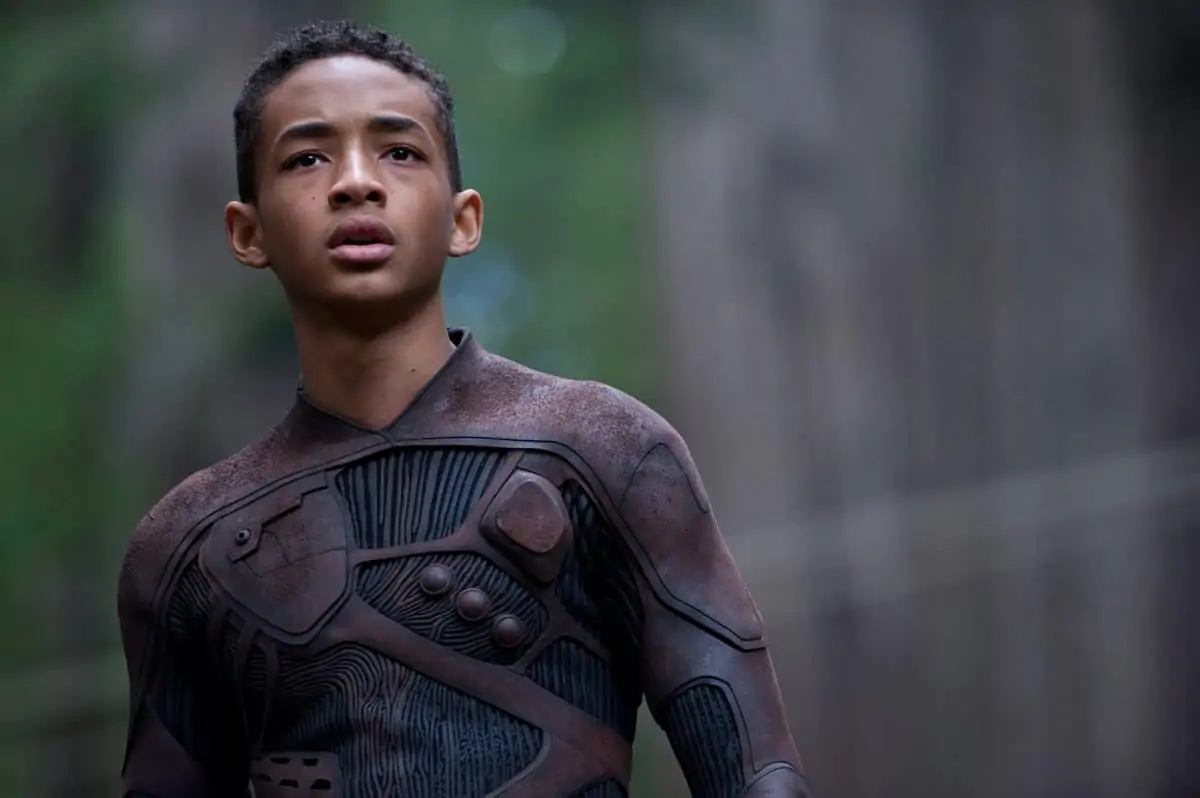
Grading on set, is that too much to ask of a cinematographer?
It’s asking a lot, but it’s very useful to do an approximate grade. We had a dailies colourist, Bobby Maruvada, on location and when shooting in the studio, and we did some initial grading. This gave me a head start when it came to the DI.
What can you tell us about the DI?
I love the process. It’s very exciting to see the images on a big screen, and to know that you have the ability to make changes in so many ways. I did the DI with Steve Bowen at ColorWorks in LA. Due to the staggered delivery of the VFX shots I had to do the final grade in two separate sessions – in March, and then again towards the end of April. Perhaps because I am used to working on my photography in my darkroom, I find that I can work quickly in the DI. I can see straight away what I would like to do with each shot and we completed the first session of timing the whole movie (minus around 120 VFX shots), in four days. I generally don’t want to make big changes. I prefer making small changes of adjustment to contrast and overall colour balance. In the end I want the work to look like film and I don’t want it to look manipulated.
Will you ever shoot on celluloid again?
No. Not if it is up to me. Unless I’m working with a director, with whom I really want to work, and who really has a good reason to shoot on film. Then I would agree to shooting on film, reluctantly. But I don’t honestly see the point in shooting film now. Yes, film can produce a very fine image, but movies are not shown on film these days. By the time film is digitised, if you compare the film material to images shot digitally, the film image just does not look as good as the digital image. I do feel sad about it, as I spent so many years shooting on film, and I’m very sorry for technicians losing their jobs in film labs around the world. But I will really only miss the smell of film when camera is opened up. I won’t miss the scratches, the dirt, and the inherent instability of the images on the screen. I won’t even miss the grain. I thought I would, and imagined myself adding grain artificially to the imagery, but it’s a question of what we were used to. You do get used to the look of digital, and no grain, very quickly.






